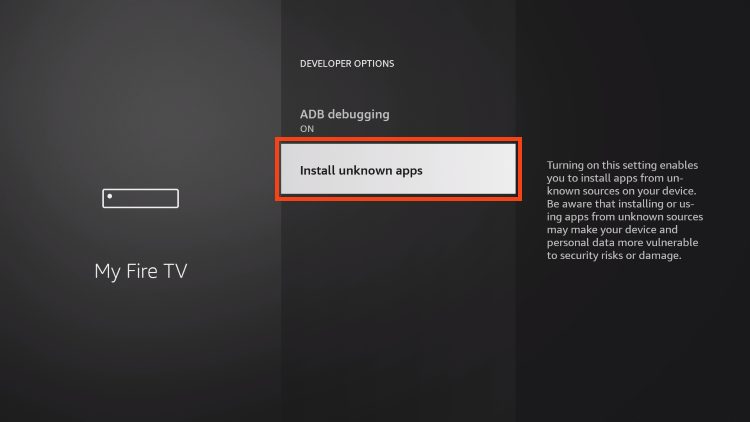Chapter 1 assignment 1.4 – Drawing Musical Symbols
In the vast realm of music theory, where notes and rhythms weave a tapestry of sound, Chapter 1 Assignment 1.4 emerges as a pivotal juncture for aspiring musicians. This chapter invites students to delve into the art of drawing musical symbols, a seemingly simple yet profound task that forms the foundation of musical notation. As we embark on this creative journey, we will explore the significance of visual representation in music and unravel the intricate world of symbols that bring compositions to life.
The Language of Music:
Music, as a universal language, transcends cultural and linguistic barriers. However, the ethereal nature of sound requires a tangible form for communication and preservation. This is where musical notation, with its rich tapestry of symbols, comes into play. Chapter 1 Assignment 1.4 serves as an introduction to this visual language, urging students to master the art of drawing musical symbols accurately.
The Power of Symbols:
Symbols in music are not mere arbitrary marks on paper; they are the conduits through which composers convey their artistic intent. From the humble quarter note to the majestic crescendo marking, each symbol carries a unique significance, shaping the emotional landscape of a musical piece. Learning to draw these symbols with precision is akin to acquiring the ability to articulate the nuances of a composer’s vision.
Understanding the Basics:
Chapter 1 Assignment 1.4 begins with a focus on the fundamental symbols that constitute the building blocks of musical notation. Students are introduced to the treble clef, bass clef, and various note values, each requiring a specific stroke and form. The art of drawing these symbols demands attention to detail and a keen eye for proportions, as even a subtle misplacement can alter the meaning of a musical passage.
Rhythm and Dynamics:
Beyond the static symbols that define pitch and duration, Chapter 1 Assignment 1.4 delves into the dynamic realm of rhythm and dynamics. Drawing symbols like staccato dots, crescendo and decrescendo marks, and fermatas involves not only precision but an understanding of the expressive elements that give life to a musical composition. Students learn to convey the ebb and flow of a piece through these nuanced drawings.
Expressive Markings:
Musical expression goes beyond the notes themselves. Chapter 1 Assignment 1.4 challenges students to master the art of drawing expressive markings such as slurs, ties, and articulation symbols. These symbols play a crucial role in shaping the phrasing and articulation of a musical passage, allowing performers to breathe life into the notes on the page.
Challenges and Solutions:
As students navigate Chapter 1 Assignment 1.4, they may encounter challenges in replicating the symbols with accuracy. Whether it’s the intricacies of a complex time signature or the subtleties of ornamentation, the assignment serves as a training ground for overcoming these hurdles. Practice and patience become the guiding principles as students refine their skills in capturing the essence of musical symbols.
Beyond the Assignment:
The skills acquired in Chapter 1 Assignment 1.4 extend far beyond the confines of the classroom. Proficiency in drawing musical symbols opens doors to a deeper understanding of music, enabling students to engage with sheet music more intimately. As they progress in their musical journey, these skills become invaluable tools for composers, arrangers, and performers alike.
Conclusion:
Chapter 1 Assignment 1.4 unfolds as a gateway to the visual language of music, inviting students to wield the pen as a conductor wields a baton. The art of drawing musical symbols is not merely an academic exercise; it is a transformative experience that empowers individuals to connect with the very essence of musical expression. As students embrace the challenge laid before them, they embark on a journey that transcends notation, revealing the profound intersection of art and sound.






